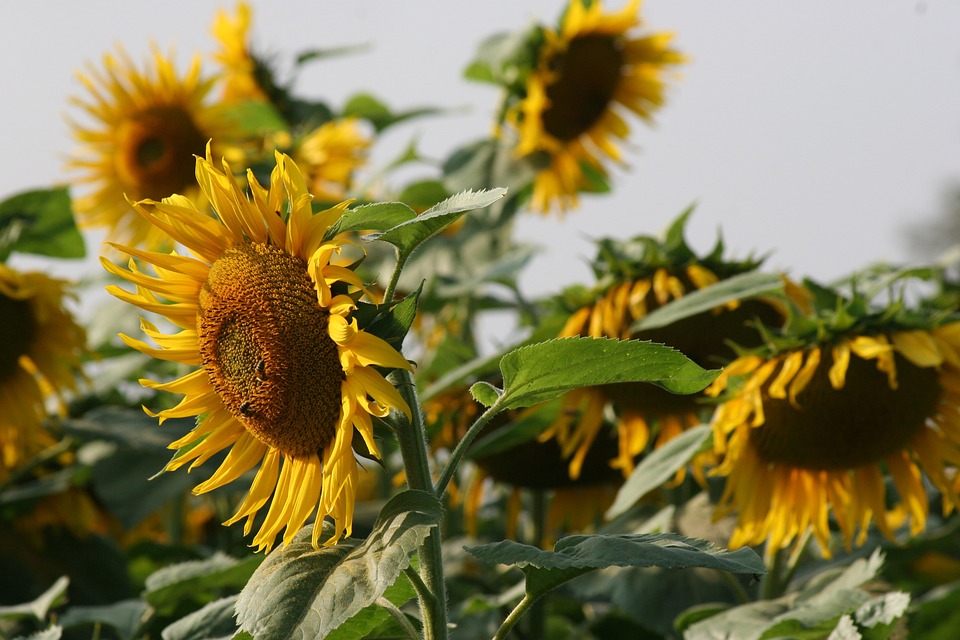- Home /
- Magazine
In Hohatzenheim, a pilgrimage combining fervour and living tradition
Hundreds of worshippers flock to Saint-Pierre-et-Paul church
Every 15 August, the church of Saint-Pierre-et-Paul brings together hundreds of faithful in the bucolic setting of its grounds to celebrate the Assumption and perpetuate a spiritual tradition rooted in history.
On the heights of Wingersheim-les-Quatre-Bans, the village of Hohatzenheim becomes the beating heart of an emblematic Alsatian pilgrimage. With its solemn liturgy, convivial atmosphere and remarkable heritage, the Marian shrine attracts almosta thousand pilgrims every year for the feast of theAssumption on 15 August.
A thousand-year-old sanctuary in the heart of Alsace
The church of Saint-Pierre-et-Paul, also known as Notre-Dame des Douleurs, is much more than a religious building. It embodies the history of a place that has been sacred since Roman times, built on the remains of an ancient oppidum. The first church was built here in the 8th century, and today a head of Christ still remains, enshrined above an ancient doorway.
The current Romanesque building dates back to the 12th century and has been a listed monument since 1898. The church houses a priceless piece: a Pietà carved between 1480 and 1510 from a single block of limewood, attributed to the master Nikolaus Hagenauer. This masterpiece is at the centre of local devotion, particularly during the feast of Notre-Dame des Douleurs, celebrated on the Friday before Palm Sunday.
Long entrusted to the Franciscans (from 1909 to 2021), the shrine is now under the jurisdiction of the Archdiocese of Strasbourg.
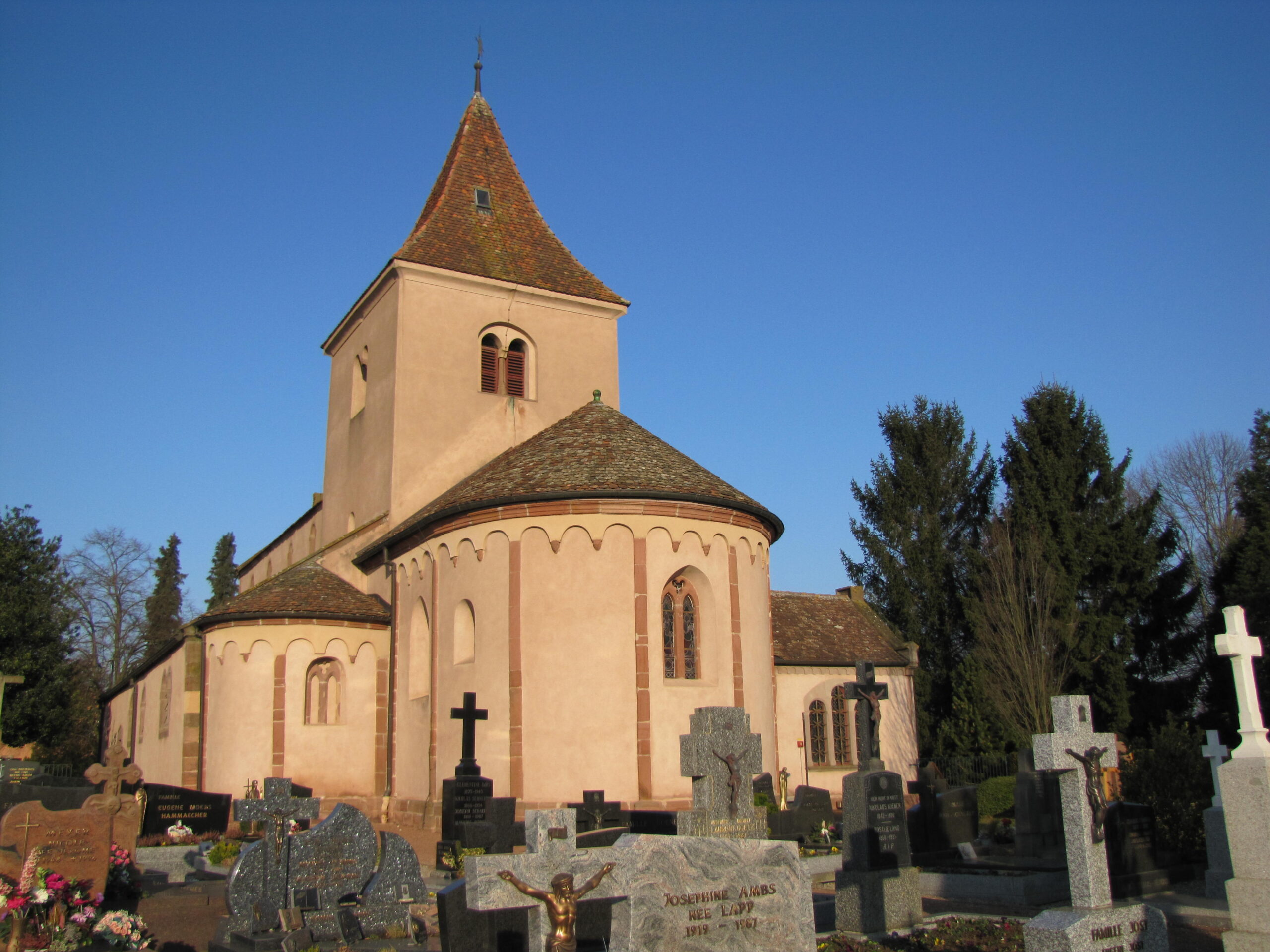
A lively, intergenerational pilgrimage
Revived in 1995, the 15 August pilgrimage is now one of the major spiritual events in the Kochersberg region. Every year, more than sixty volunteers of all ages take part, united by a shared desire to bring this unique event to life.
The day begins with a morning mass in the church at 8am, followed by a solemn open-air mass at 10am, under the marquees erected in the wooded grounds. At 3pm, after sung vespers, the procession with the Pietà crosses the park – a procession that is all the more symbolic in that it is the statue’s only annual outing outside the church.
More than 700 guests then share a simple, fraternal lunch, served by the volunteers: ham, salad, dessert and refreshments in a peaceful family atmosphere.
dNA
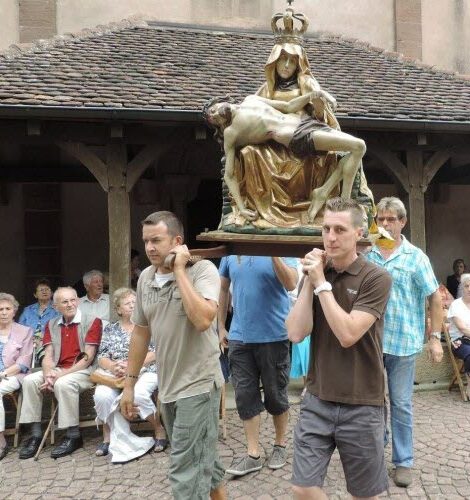
A church with a thousand faces
In addition to its liturgical vocation, thechurch in Hohatzenheim bears witness tolocal history through its frescoes, devotional objects and anecdotes. The 1930 murals in the nave depict the seven sorrows of Mary. There are also some 800 votive offerings, most of which were deposited after the Second World War, in particular by the “Malgré-nous” who survived the draft.
Another unique feature is the famous ” devil’s claws “, the notches visible on the church portal, the remains of a farming tradition of sharpening tools.
Finally, an ancient medieval underground passageway, a loop of which still survives beneath the church and park, is a reminder of the site’s defensive function in more uncertain times.
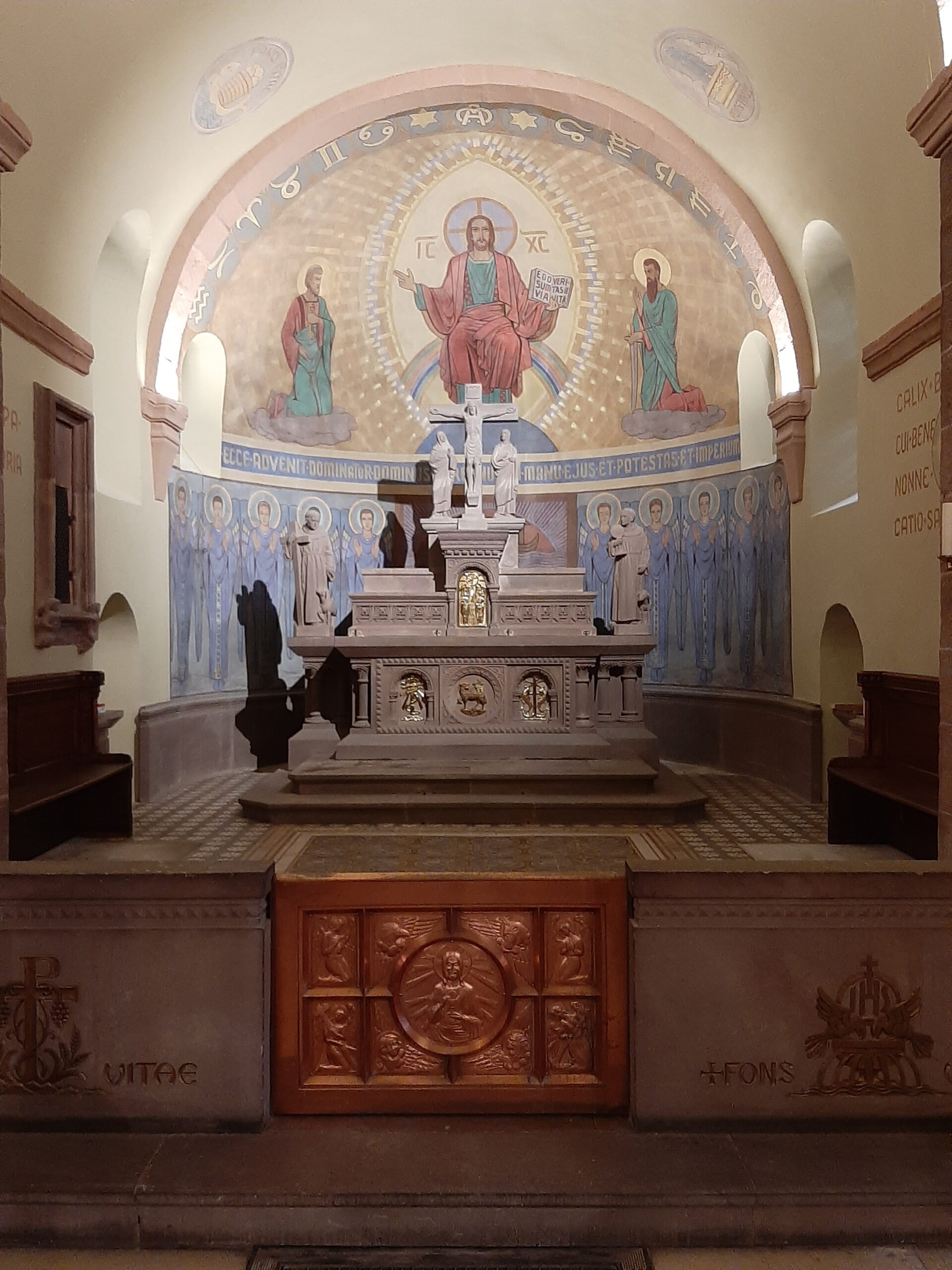
A faith rooted in the earth and in people’s hearts
The 15 August pilgrimage to Hohatzenheim is more than just a tradition: it’s a suspended moment where spirituality, remembrance and sharing come together. In this timeless place, generations meet, voices are raised and steps converge towards the same hope. An invitation to slow down, to believe and to share.
Practical info:
📍 Saint-Pierre-et-Paul church is located in Hohatzenheim (commune déléguée de Wingersheim-les-Quatre-Bans, Bas-Rhin).
🕰 Open: every day from 8am to 8pm.
guided tours available by appointment (contact: Père Marie-Joseph).
🗓 Next pilgrimage: Friday 15 August 2025.
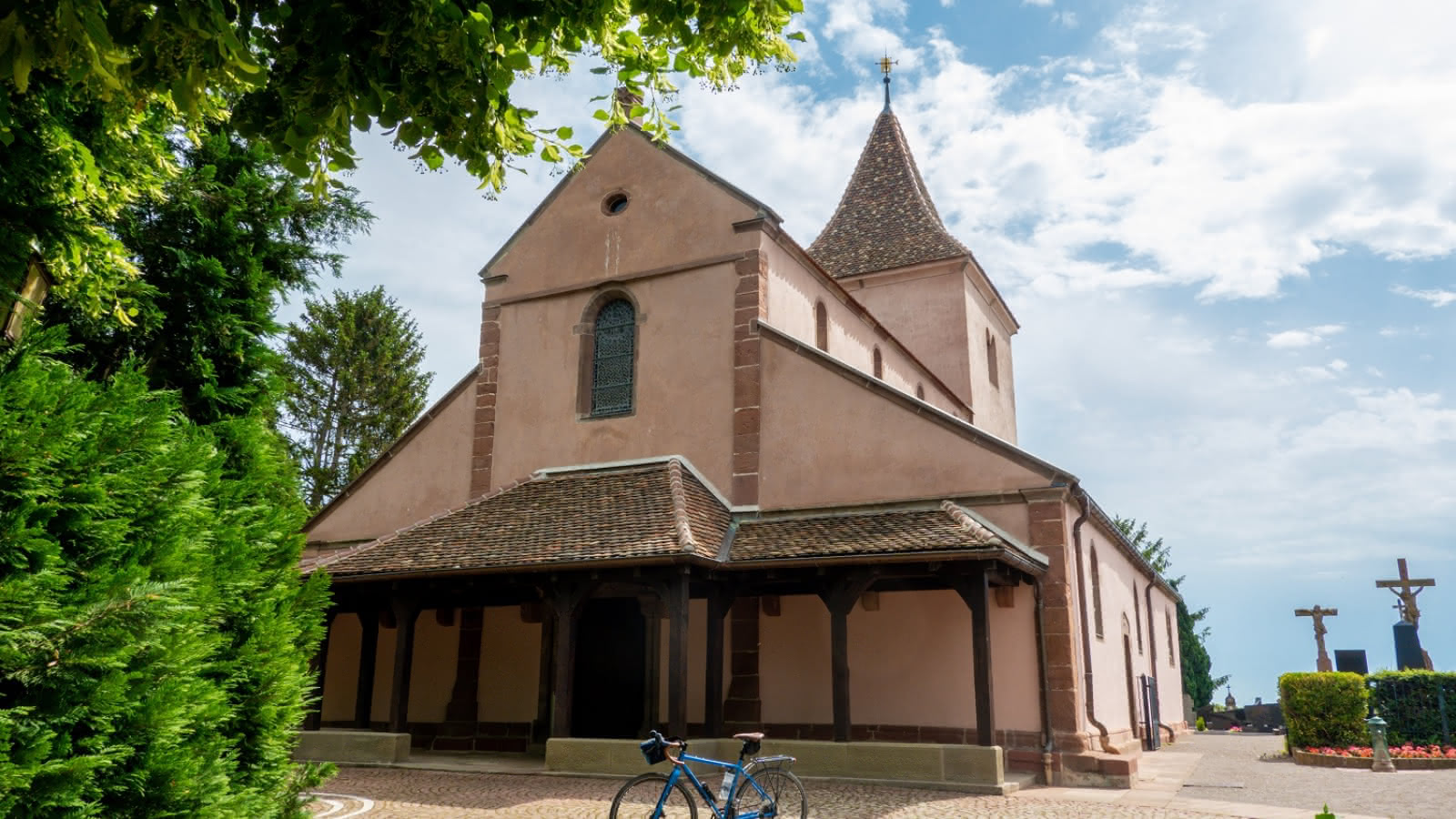
#visitlebeaujardin

Here, we open the doors to our beautiful garden.

 Follow us on @visitlebeaujardin
Follow us on @visitlebeaujardin 